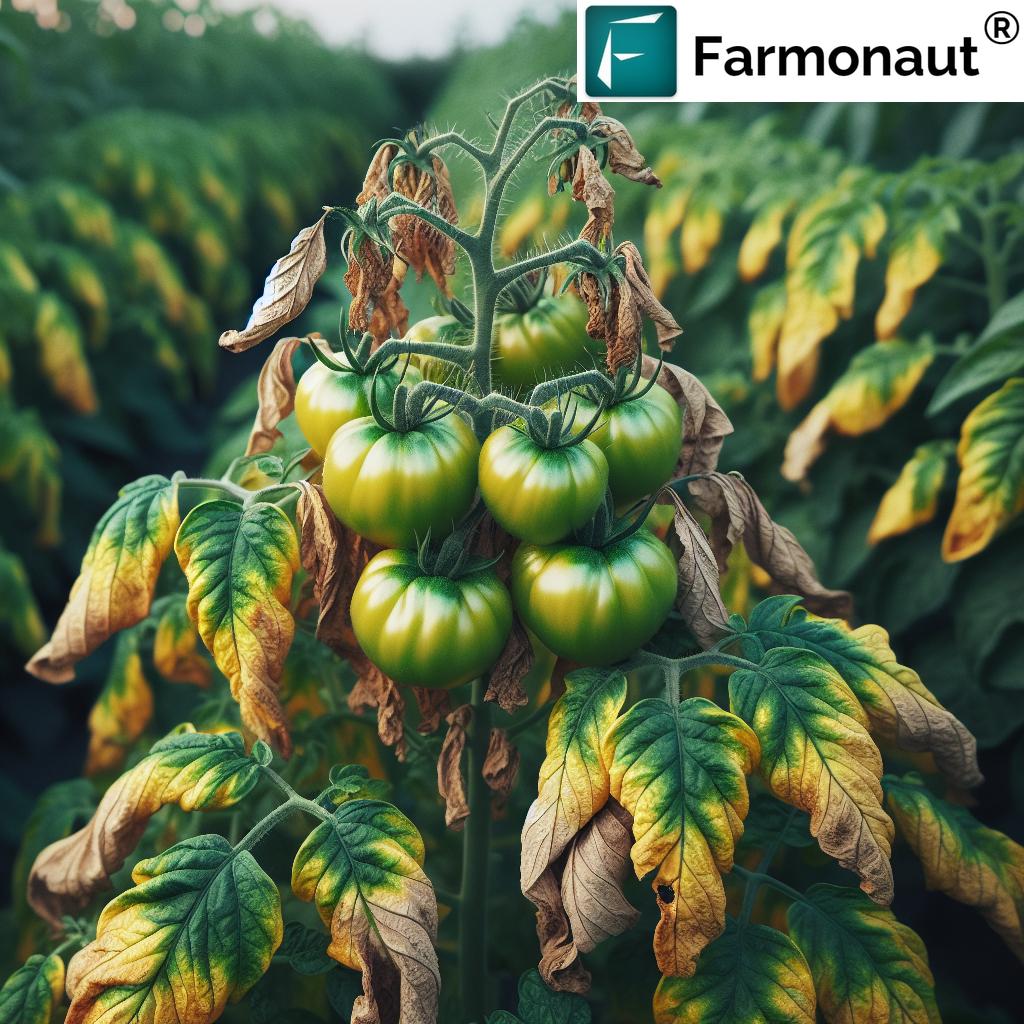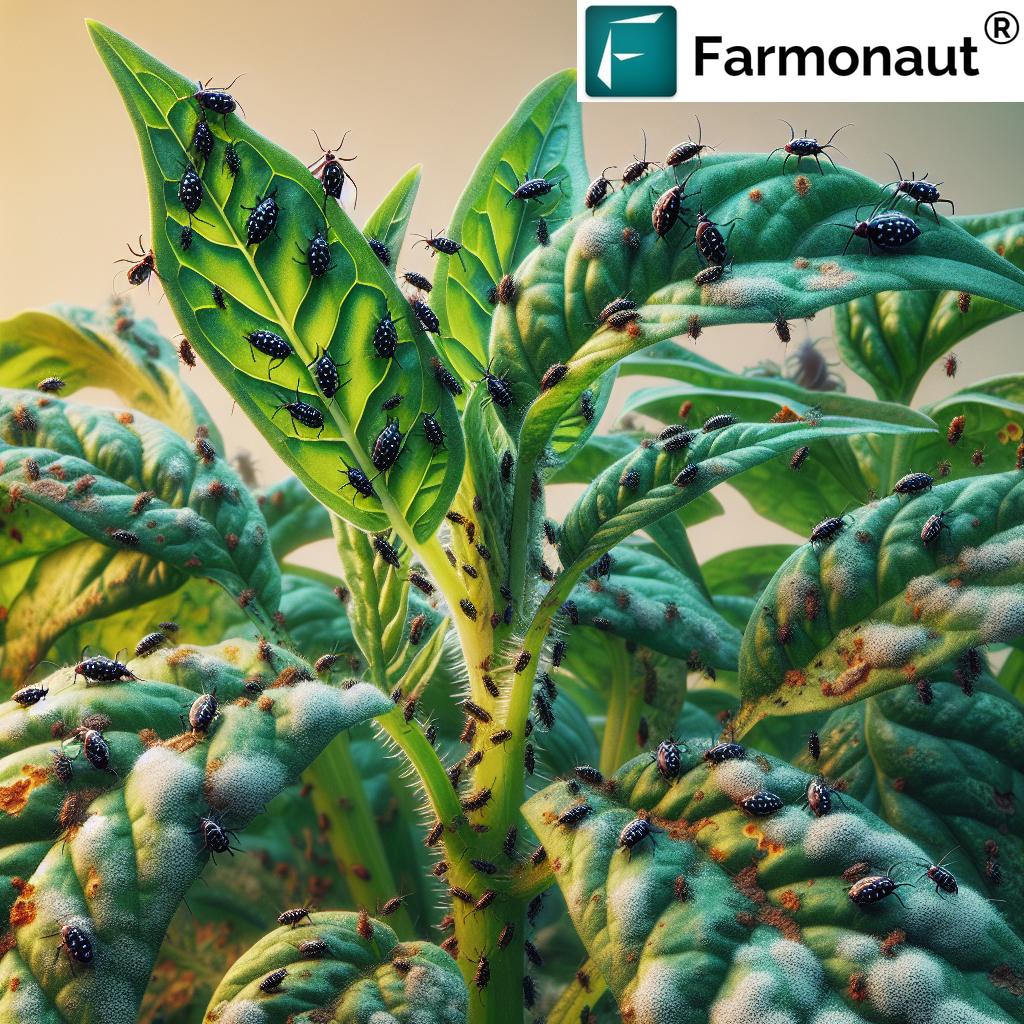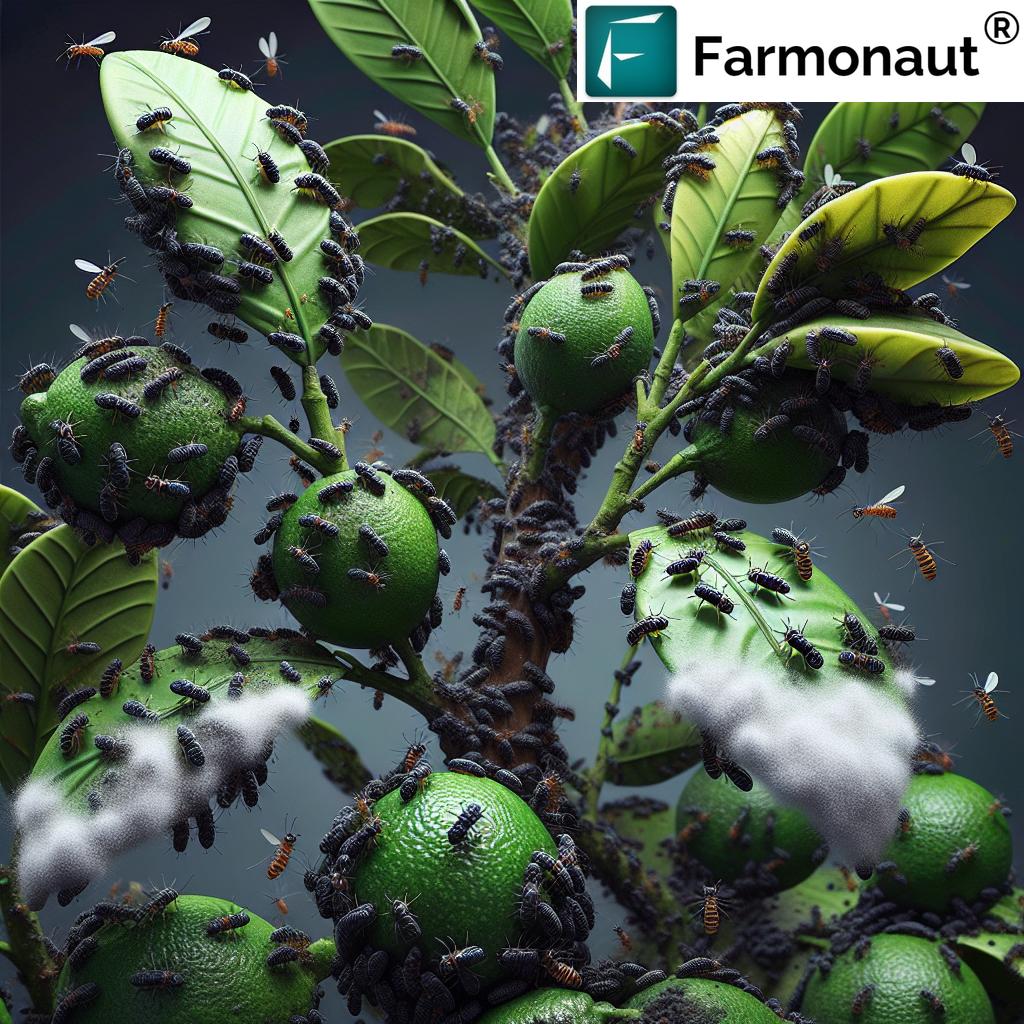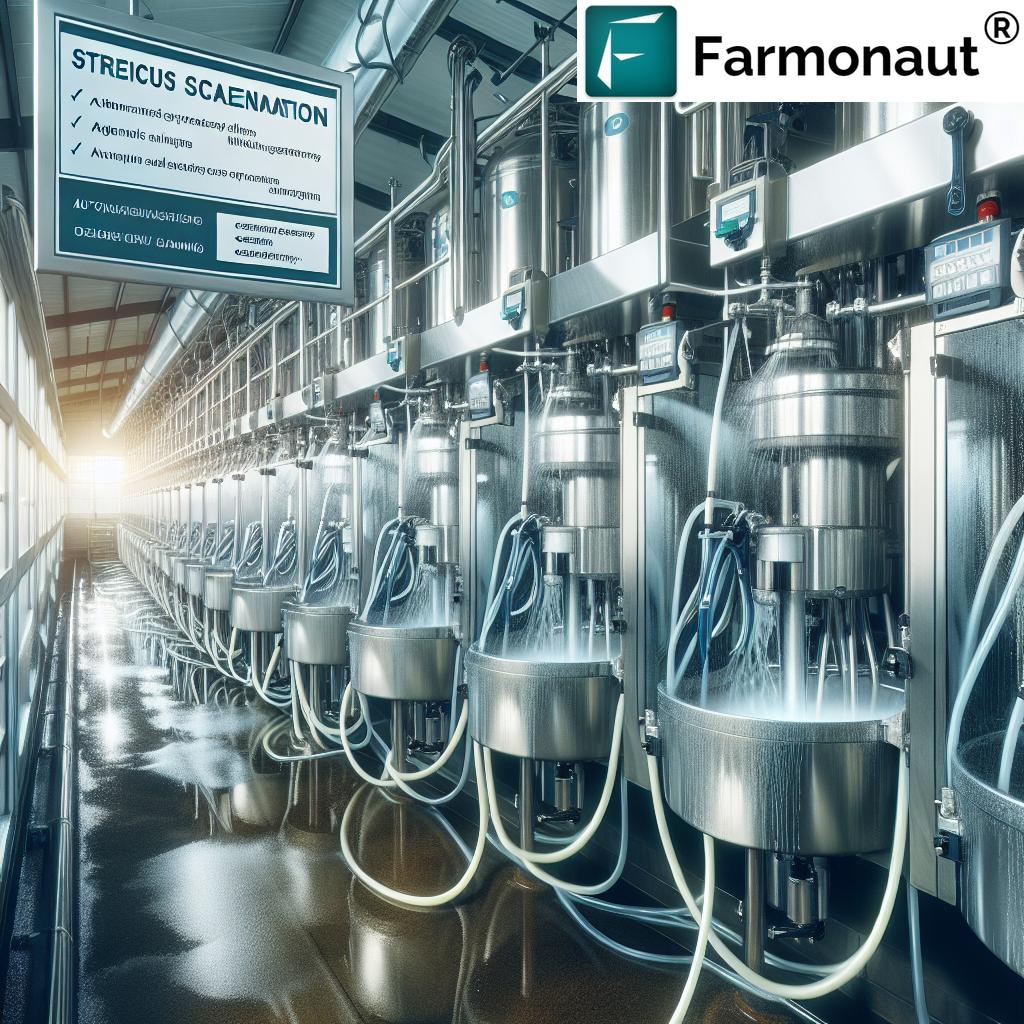Cow Breed Charolais: Top Charolais Cattle Trends for 2026
In the evolving landscape of agriculture and livestock farming in 2025, the cow breed Charolais is making waves as a leading choice among modern producers worldwide. Renowned for its impressive growth, adaptability, and superior beef quality, the Charolais cattle breed continues to define the future of cattle farming, finding favor in both intensive and sustainable operations from France’s scenic Burgundy region to beef farms across the globe.
“Charolais cattle are projected to make up 18% of Europe’s beef herd by 2026, a 4% rise from 2023.”
The Charolais Breed: A Premier Choice for Modern Cattle Farming in 2025
Originating from the picturesque Burgundy region of France, the Charolais breed has long been valued by farmers, owing to its impressive growth rates, robust bone structure, and remarkable beef yield and quality. As the demand for high-grade beef intensifies globally in 2025 and beyond, Charolais cattle remain integral to profitable and sustainable cattle operations.
- Instantly recognizable: Distinctive creamy white coats and strong, muscular build.
- High carcass yields: Large frame and bone structure for superior meat production.
- Global adaptability: Performs well under diverse environmental conditions and climates.
- Docile temperament: Facilitates easy handling and animal welfare initiatives.
Charolais Cattle: Key Characteristics & Benefits
Physical Traits & Breed Performance
The Charolais breed is not just visually striking; their muscular build and large frame translate into practical benefits for modern beef production. These cattle mature quickly, converting feed efficiently into lean and tender meat. This results in:
- Higher daily gain rates (kg/year) than many other breeds
- Efficient feed conversion ratio reduces operational costs and optimizes growth
- Superior carcass yield (%), enhancing profitability for producers
- Excellent meat texture and marbling, meeting the evolving demands of premium beef markets
These characteristics position Charolais cattle as a top choice for both commercial beef production and hybrid crossbreeding programs throughout 2025.

Boost herd productivity and resource management in cattle farming with Farmonaut’s large-scale farm management tools. Monitor growth and pasture from anywhere!
Distinctive Advantages Over Other Cattle Breeds
- Versatility: Charolais cows perform exceptionally well in both temperate and warmer climates, whether in Europe, North America, or emerging beef markets.
- Docility: Their temperament is generally docile, making them easier and safer to handle—an advantage particularly important in modern systems that emphasize animal welfare and handler safety.
- Economic Yield: Higher carcass yields and shorter time-to-market reduce feed costs and increase profitability throughout livestock operations.
Charolais vs. Competing Cattle Breeds: 2025–2026 Trends
As market demand for sustainable, high-quality beef production intensifies, comparing Charolais cattle to other leading breeds helps clarify why they are frequently the premier choice in the cattle industry. Farmers and producers often weigh performance measures such as feed conversion, meat yield, adaptability, and market price while browsing Charolais for sale listings or planning crossbreeding programs for their herd.
| Trait/Feature | Estimated Charolais Value (2025–2026) | Industry Average/Competing Breed Value | Trend Indicator |
|---|---|---|---|
| Average Weight Gain (kg/year) | ~650–780 | ~450–600 | ↑ Growth |
| Feed Conversion Ratio | 5.9–6.2:1 | 7.0:1 | ↑ Growth |
| Adaptability to Climate | High (Temperate & Warmer) | Moderate | ↑ Growth |
| Market Price per Head (USD) | $2,400–$3,500 | $1,700–$2,900 | → Stable |
| Popularity/Growth Rate (%) | ~18 (2026 Europe projection) | ~13 (other beef breeds) | ↑ Growth |
| Meat Yield (%) | 66–70 | 59–63 | ↑ Growth |
These trends underscore why Charolais cattle stand out—driven by superior performance metrics and continued growth projections in 2026 and beyond.
“In 2025, Charolais bulls are expected to lead genetic sales, with a predicted 22% share of the AI market.”
Adaptability & Modern Farming: Why Charolais Stands Out
The adaptability of the Charolais breed has positioned it at the forefront of modern livestock operations in 2025–2026. Unlike some breeds tied to specific environments, Charolais cows and bulls thrive in:
- Diverse conditions: Excelling both in temperate European pastures and warmer climates found in Southern Europe, the Americas, Australia, and Asia.
- Commercial and hybrid herds: Whether used for straight breeding or as sires in crossbreeding programs, their offspring benefit from hybrid vigor—producing healthier, more resilient calves.
- Low-input systems: Efficient feed conversion and quick growth make Charolais cattle suitable for farms seeking greater sustainability and lower environmental footprints.
Animal temperament also plays an important role: Charolais cows are generally docile, facilitating safer and more manageable herds—an advantage in farms emphasizing animal welfare and safety for handlers.

Use Farmonaut tools to monitor carbon footprint and optimize environmental impact in sustainable beef farming operations.
Charolais Bull Genetics: Breeding Advantage for 2025
Why Charolais Bulls Remain Indispensable
Charolais bull genetics are in high demand for both straight-breeding and crossbreeding programs. Their performance in 2025 and beyond is projected to drive:
- Enhanced muscle development and superior carcass composition
- Hybrid vigor in crossbred calves, improving overall health, disease resistance, and meat quality
- An expected 22% share in the artificial insemination (AI) market worldwide, making Charolais bulls a preferred choice for commercial herd improvement
Farmers browsing Charolais for sale or Charolais cows for sale listings frequently prioritize these genetic qualities:
- Fertility and calving ease for reliable breeding programs
- Feed efficiency and rapid growth for cost-effective operations
- Superior beef yield and marbling for accessing premium beef markets

Optimizing herd value? Farmonaut’s traceability platform offers digital tracking and recordkeeping for breeding and AI programs.
Charolais Cattle Market Trends for 2025–2026
As the beef cattle sector rapidly evolves, market dynamics in 2025–2026 signal robust opportunities for producers with Charolais stock and those browsing Charolais for sale. Noteworthy trends include:
- Increasing market share: Charolais cattle are projected to comprise 18% of the European beef herd by 2026, with demand expanding globally in North America, Australia, and South America.
- Genetic sales dominance: Charolais bulls expected to capture a 22% share in AI genetics, reflecting ongoing demand for high-performance breeding stock.
- Rising market prices: Charolais cows for sale, bulls, and heifers consistently command a premium, indicative of their superior growth rates and economic benefits.
- Diversification: Producers increasingly deploy Charolais genetics in crossbreeding programs, enhancing both commercial and specialty beef production.

Enhance logistics and reduce operational costs in cattle movement with Farmonaut’s fleet management solution – optimize transport for Charolais herds efficiently.
These dynamics indicate that Charolais cattle will remain integral to profitable beef production and modern farming operations in 2026 and beyond.
Sustainability and Economic Impact of Charolais Farming
Sustainable Agriculture & Environmental Responsibility
In 2025, sustainability is no longer optional—it is central to all beef production systems. Charolais cattle are uniquely positioned to contribute positively to economic, environmental, and social goals. Key reasons include:
- Efficient feed conversion: Less resource input for more output helps reduce methane emissions and land pressures.
- Shorter time-to-market: Charolais cattle mature quickly, improving profitability by accelerating turnover and reducing feed costs.
- Premium beef yield and quality: Increased access to high-value markets seeking marbled, tender meat benefits both large and small farms.
- Animal welfare: Docility and adaptability support humane, welfare-focused systems—a growing concern for both consumers and industry regulators.

Farmers can streamline access to financing and insurance by leveraging Farmonaut’s satellite-based verification for livestock and cropping operations.
Quantitative Economic Impact
- Higher producer returns: Market studies show that Charolais cows, bulls, and heifers yield up to 20% greater income per finished animal, compared to many competing breeds.
- Reduced risk: Faster maturation rates and feed efficiency help buffer against volatility in feed costs and climate risks.
Meeting Modern Consumer Demands
With consumers in 2025–2026 demanding both transparency and sustainably-raised beef, integrating Charolais genetics into operations not only optimizes production—it’s a strategic move for market differentiation.
Technology, Digital Management & Farmonaut’s Role
The charolais cattle market is evolving rapidly with the integration of digital livestock management and advanced farm technology. As modern farming operations expand, tools for real-time monitoring, genetics records, animal health, and environmental oversight become essential. This is where satellite and digital platforms make a tangible impact.
How Farmonaut Supports Charolais Cattle Operations
- Satellite-based monitoring: Our solutions track pasture quality, herd movement, and livestock health for informed decision-making.
- AI-driven insights: Jeevn AI delivers real-time strategies, weather forecasts, and growth projections—vital for optimizing Charolais growth rates and resource efficiency.
- Blockchain traceability: We enable transparent and secure record-keeping for Charolais for sale programs, facilitating trust across the supply chain.
- Environmental compliance: With carbon footprint monitoring, our tools help farmers demonstrate sustainability, comply with regulations, and access premium markets.
- Fleet and resource management: Enhance transportation, logistics, and equipment usage with feature-rich satellite tracking.
Producers and buyers can integrate satellite-powered monitoring via our mobile apps and APIs for comprehensive oversight and improved profitability.
Farmonaut’s API and developer documentation make it easy to embed this intelligence into third-party systems or custom dashboards.
Charolais for Sale: A 2025 Buyer’s Guide
As the Charolais market remains dynamic in 2025–2026, buyers seeking to expand or improve their herd performance should focus on several key traits and industry best practices:
- Herd goals: Are you aiming to improve growth rates, adaptability, or crossbreed for superior quality? Select breeders that match these objectives.
- Genetics transparency: Ensure clear lineage records and breeding data, which is increasingly possible with digital traceability platforms.
- Feed efficiency: Prioritize Charolais cows for sale and bulls demonstrating high conversion efficiency and economical growth.
- Health and docility: Assess for good temperament—critical for ease of management and welfare standards.
- Breeding soundness: Bulls and heifers should meet fertility standards for optimal herd replacement rates.
- Market orientation: Consider geography—Charolais’ adaptability makes them suitable for both intensive feedlots and extensive pasture systems.
Whether you are browsing Charolais for sale online or visiting breeder operations, transparency, documentation, and modern technology are key for successful herd development in 2026.

Take your herd to the next level — use Farmonaut’s traceability system to access transparent breeding and sales records for Charolais cattle.
Farmonaut Subscription Plans
Integrate satellite and digital monitoring into your cattle, crop, or multi-sector operations. Explore flexible subscription options for individuals, businesses, and governments below:
Frequently Asked Questions (FAQ)
What makes Charolais cattle so popular in 2025–2026?
The Charolais breed stands out for its high growth rates, efficient feed conversion, robust adaptability to various climates, and exceptional beef quality. As demand for premium beef intensifies, more producers are turning to Charolais cattle to improve profitability and sustainability.
How do Charolais bulls impact breeding programs?
Charolais bulls offer superior genetics that enhance muscle development and growth in crossbred calves, increase carcass yield, and support hybrid vigor—traits highly valued by commercial producers in 2025 and beyond.
Are Charolais cattle suitable for warmer climates?
Yes. One of the breed’s primary advantages is its ability to adapt to both temperate and warmer environments, making Charolais a preferred choice worldwide.
What should I look for when considering Charolais for sale?
Focus on clear genetics records, proven feed efficiency, temperament, and health. Using digital traceability platforms, such as Farmonaut, helps ensure transparency and reliable sourcing when purchasing Charolais cows, bulls, or heifers.
How can technology like Farmonaut enhance cattle operations?
Our satellite-based monitoring, AI-driven advisory, fleet, and traceability tools provide actionable data to optimize herd management, resource allocation, breeding decisions, and sustainability compliance in contemporary livestock production systems.
Do Charolais cattle fetch a higher market price compared to other breeds?
Yes, Charolais cattle often command a premium due to better growth, carcass yield, and quality. Projections for 2026 indicate that this trend will continue, especially as sustainability and transparency remain in focus for consumers and regulators alike.
Where are Charolais cattle most prevalent?
While Charolais cattle originate from the Burgundy region of France, they have become widespread across Europe, North America, South America, Australia, and Asia, favored for their adaptability and economic returns.
Conclusion: Charolais – A Future-Proof Breed for Modern Cattle Farming
The Charolais breed remains a cornerstone of modern cattle farming in 2025–2026 and beyond. Distinctive for their rapid growth, robust adaptability, high carcass yield, and premium beef quality, they continue to set the benchmark in global livestock production.
For farmers, breeders, and investors seeking profitable and sustainable cattle operations, Charolais cattle offer unmatched potential. As the sector embraces advanced technology—including satellite monitoring, digital record-keeping, and AI-driven insights—opportunities for optimizing herd performance and market returns are maximized.
Whether you are expanding via Charolais for sale listings, enhancing herd genetics, or utilizing digital solutions, the future of beef production is closely tied to the Charolais breed. Stay ahead in the evolving landscape of agriculture by making informed, technology-backed decisions—positioning your livestock enterprise for lasting success.









